5 things you should know about Windows as a Service
We bust the myths surrounding Windows as a Service
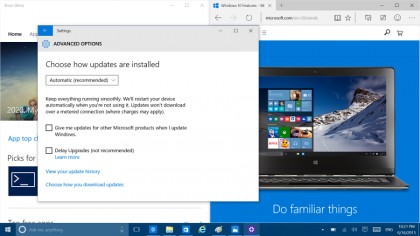
Introduction
Note: Our Windows as a Service feature has been fully updated. This article was first published in June 2015.
Windows 10 isn't really the last version of Windows. It will be the last version number though, because new features and improvements are designed to come out as part of Windows 10 rather than as new releases you have to upgrade to.
Some of those will be smaller fixes and updates; some will be larger upgrades, like the November update late last year, and the major Anniversary Update (previously known as Redstone part one) which is due to land this summer with a raft of improvements. All these are delivered through Windows Update and Windows Update for Business, something Microsoft refers to as Windows as a Service. But what does that actually mean?
In this slideshow, we will answer that central question, and other queries you may have about Windows 10 along these lines…
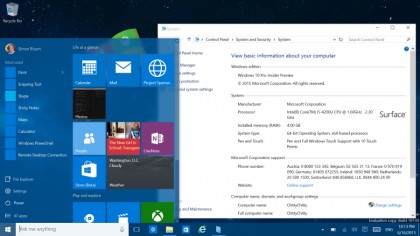
It's not really a service
The phrase 'as a Service' usually means that you're not getting software to run on your PC and instead use a cloud service (that may or may not have software for your devices to use with some of the features available).
Windows as a Service is the full version of Windows, in whatever SKU you use, running on your PCs as usual. Microsoft is using the name because 'servicing' is the way it refers to what most people call updating and patching. When you see the phrase 'always up to date with the latest features and security updates', that's Windows as a Service.
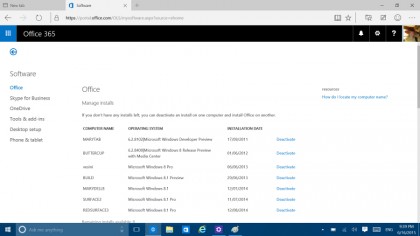
Windows 365 confusion
Last year, you might have heard about Microsoft registering a domain with the Windows 365 name – it's most likely the firm did that to stop anyone else using it and confusing users, because that's not what Microsoft calls Windows as a Service. And unlike Office 365, you don't pay a monthly fee to get new features (or even the right to keep using the software).
The confusion arose because the free upgrade to Windows 10 (Home and Pro editions) is only available to Windows 7 Service Pack 1 and Windows 8.1 users for the first year after Windows 10 launched (the offer expires at the end of July 2016). If you wait longer than that and then you want to upgrade, Microsoft will charge you to get Windows 10 (that might be as much as the full Windows 10 licence, as previous upgrade prices have been available for limited periods of time). But once you get Windows 10, you'll get free security and feature updates, for "the supported lifetime of the device".
The phrase supported lifetime refers to the fact that OEMs don't support PC models forever – after a certain point, they stop releasing drivers for older PCs. If a new feature comes along in Windows that needs an updated driver and the PC vendor is no longer supporting the device and doesn't release a new driver, then that new feature isn't going to work for you.
Windows 10 Enterprise isn't a free upgrade at all, but if you have Software Assurance as part of your Windows Enterprise volume licence you'll have the right to upgrade. SA is a subscription, and that hasn't changed.
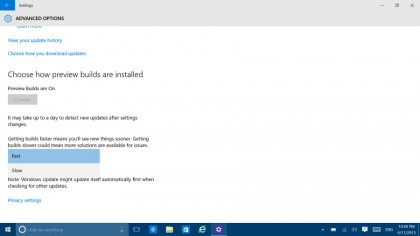
It's only for Windows 10
Windows 7 and Windows 8/8.1 will carry on getting security updates for as long as they're supported by Microsoft, but the continuing new features are only for Windows 10. That's also true for the Windows Update for Business service, where businesses can choose to deliver fixes through their own version of the Windows Update system.
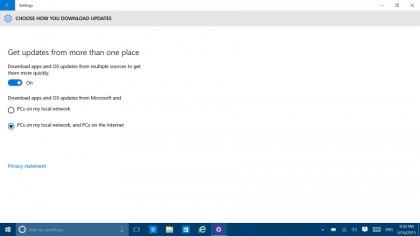
Consumers and businesses update differently
The Windows 10 Home edition comes with automatic system updates; you have to be using Windows 10 Pro or Enterprise to be able to delay or turn off feature updates. If you keep updates on, you'll always have the latest version of Windows, which Microsoft calls the 'current branch'.
If you want to get previews of new features before everyone else, you can join the Windows Insider program and get Windows 10 preview builds. This system offers different 'rings' you can join depending on how adventurous you are (those on the fast ring get updates sooner, but they're likely to encounter more bugs as a result).
For businesses, there are two things to think about with updates. One is that the branches are slightly different. The Current Branch for Business (which is available for both Windows Pro and Enterprise) gets security updates straight away, and feature updates regularly – but not until the current branch for consumers has had those features for several months (long enough to show that there aren't any problems with them).
Windows 10 Enterprise customers with Software Assurance who have PCs running critical systems where they can't risk changes and incompatibilities can also opt for the Long Term Servicing branch that gets security and critical updates (via Windows Update for Windows Server Update Services), but doesn't get feature updates for the five or ten years of mainstream and extended support.
New Long Term Servicing branches with some new features will be released (probably at the same two to three year interval that service packs used to arrive at) and you'll be able to upgrade to the next Long Term Servicing branch when it comes out. You can also switch PCs between current and Long Term Service branches.
The other option businesses have is the free Windows Update for Business option for Windows 10 Pro and Enterprise. This gives you the same updates, but with more control over exactly when they roll out. You can put different PCs into different distribution rings, so enthusiastic users get new features more quickly and critical teams like the finance department get them more slowly.
You can also set maintenance windows – that could mean no PCs get rebooted for updates during business hours, or no-one in the finance department will have their PC rebooted for an update during the last week of the quarter when they're working on financial reports.
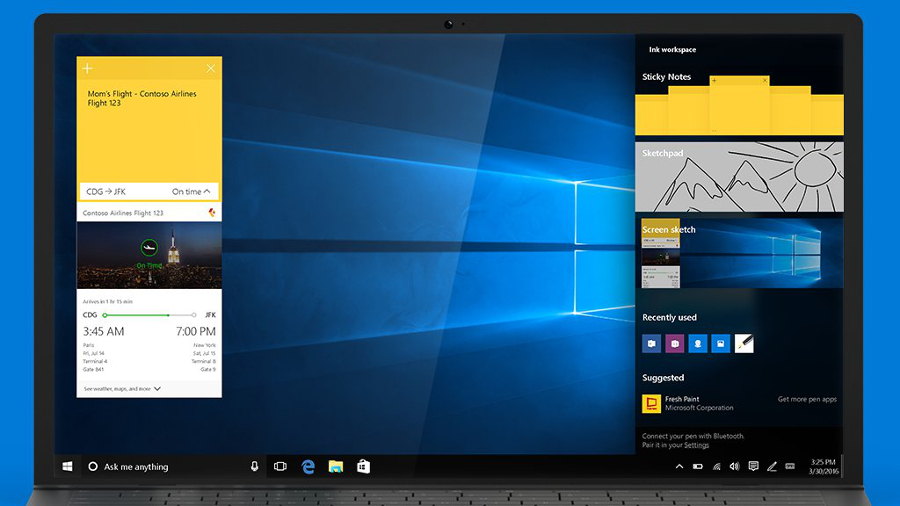
Feature creep
When Windows 10 launched last year, there were some features that weren't available straight away. And indeed, some of those features still aren't available now – like support for extensions in the Edge browser (although these are now in preview builds of the OS) and the replacement for placeholders in OneDrive (there's still no word on when that will be sorted).
Obviously enough, if you're not allowing Windows Update to deliver features as well as security updates, you won't get these new features when they do arrive.
So what new features are coming next? As we've already mentioned, the next major upgrade is the Anniversary Update, which will see the aforementioned extensions for Edge finally go live – and a whole lot more than this.
Including a very unexpected move by Microsoft, the introduction of Windows Subsystem for Linux, which allows you to run a number of Linux binaries like the Bash shell. Redmond is also incorporating support for Docker containers in Windows 10.
As you would expect, Cortana will get various improvements including chat bot integration, so the digital assistant can pull off tricks like noticing you're working late and offering to order some take-out food.
We can also expect to see the usual tweaks to the UI such as modifications to the Start menu, things like alerts from Android phones being brought to Windows 10 desktops, and better support for stylus users thanks to the new Ink feature – which will also hook up with Cortana so you can scribble reminders which the assistant will file and activate at the appropriate time.
This Anniversary Update gives us a good idea of how Windows as a Service is shaping up, and it seems that these major upgrades will be happening once or twice per year (there will likely only be one this year, as the following one is rumoured to be slated for early 2017).
It's Microsoft's hope that this new service model will mean less disruption to users going forward, as it avoids the need to go through the hassle of installing a whole new version of Windows every few years.
Mary (Twitter, Google+, website) started her career at Future Publishing, saw the AOL meltdown first hand the first time around when she ran the AOL UK computing channel, and she's been a freelance tech writer for over a decade. She's used every version of Windows and Office released, and every smartphone too, but she's still looking for the perfect tablet. Yes, she really does have USB earrings.